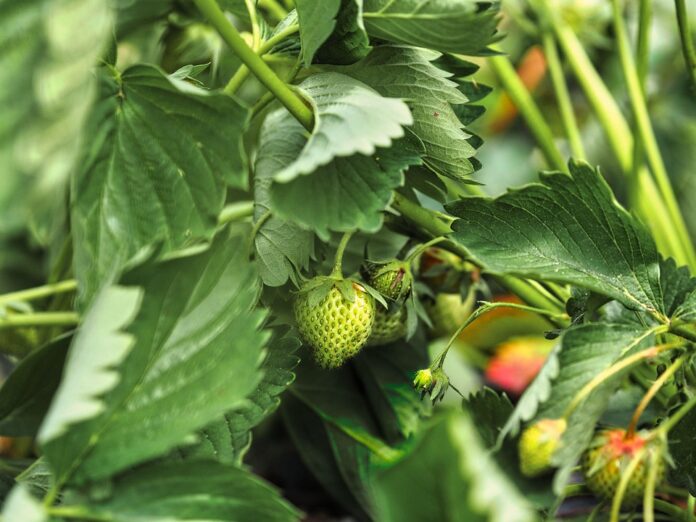Regulatory Standards for Pectin in the US, EU, and Global Markets
Introduction
Pectin is a naturally occurring substance found in fruits and vegetables, commonly used as a gelling agent in food products. Regulatory standards for pectin vary across different markets, with the US, EU, and global markets having their own set of regulations to ensure the safety and quality of pectin products.
Regulatory Standards in the US
In the United States, the Food and Drug Administration (FDA) regulates pectin as a food additive under the Code of Federal Regulations (CFR). Pectin is generally recognized as safe (GRAS) when used in accordance with good manufacturing practices. The FDA provides guidelines on the maximum levels of pectin that can be used in various food products to ensure consumer safety.
According to market research, the US pectin market is expected to reach a value of $210 million by 2025, with a CAGR of 4.5% from 2020 to 2025. This growth is driven by the increasing demand for natural and clean label ingredients in food and beverage products.
Regulatory Standards in the EU
In the European Union, pectin is regulated by the European Food Safety Authority (EFSA) under the Food Additives Regulation. Pectin is listed as an approved food additive with an E number (E440) and is subject to strict safety evaluations before it can be used in food products. The EFSA sets maximum residue limits for pectin to ensure that consumers are not exposed to harmful levels of the substance.
The EU pectin market is projected to grow at a CAGR of 3.8% from 2020 to 2025, reaching a value of €250 million by 2025. This growth is driven by the increasing demand for plant-based ingredients and clean label products in the food industry.
Regulatory Standards in the Global Market
In the global market, regulatory standards for pectin vary depending on the country and region. Some countries follow the guidelines set by the Codex Alimentarius Commission, an international food standards body established by the Food and Agriculture Organization (FAO) and World Health Organization (WHO). The Codex Alimentarius provides global standards for food additives, including pectin, to ensure international food safety and quality.
The global pectin market is expected to reach a value of $1.5 billion by 2025, with a CAGR of 5.2% from 2020 to 2025. This growth is driven by the increasing use of pectin in various industries, including food and beverages, pharmaceuticals, and cosmetics.
Conclusion
In conclusion, regulatory standards for pectin play a crucial role in ensuring the safety and quality of pectin products in the US, EU, and global markets. By complying with these regulations, manufacturers can provide consumers with safe and high-quality pectin products that meet the highest standards of food safety and quality. As the demand for natural and clean label ingredients continues to grow, the pectin market is expected to see significant growth in the coming years.




